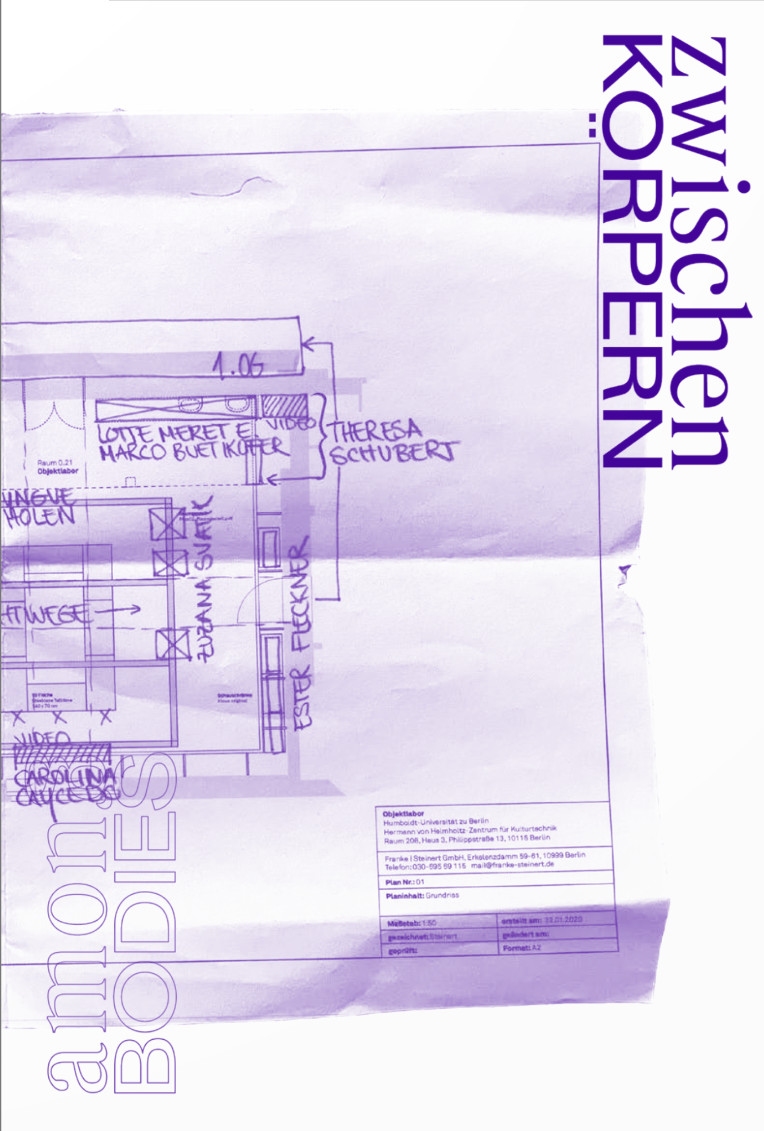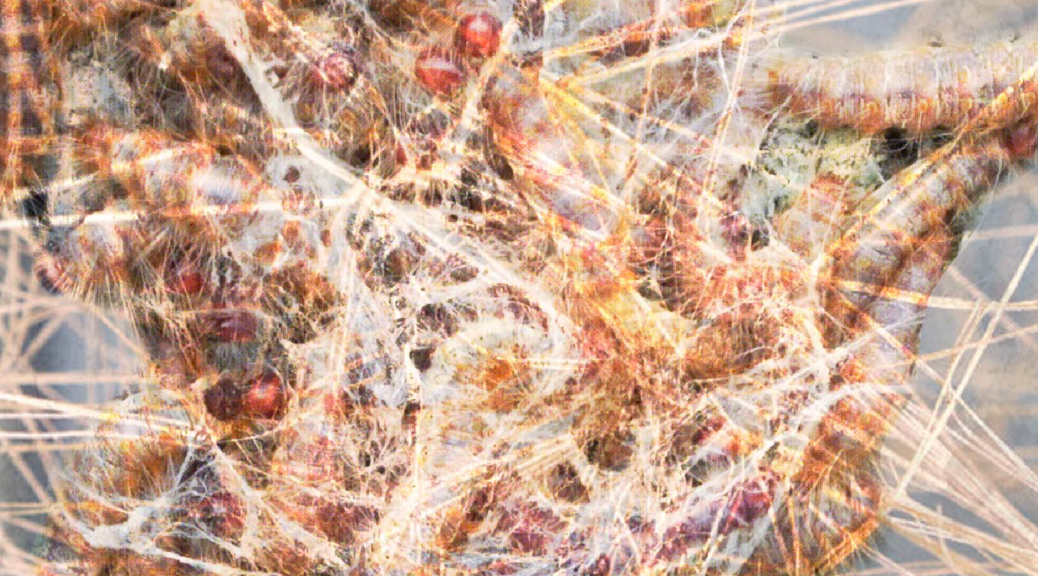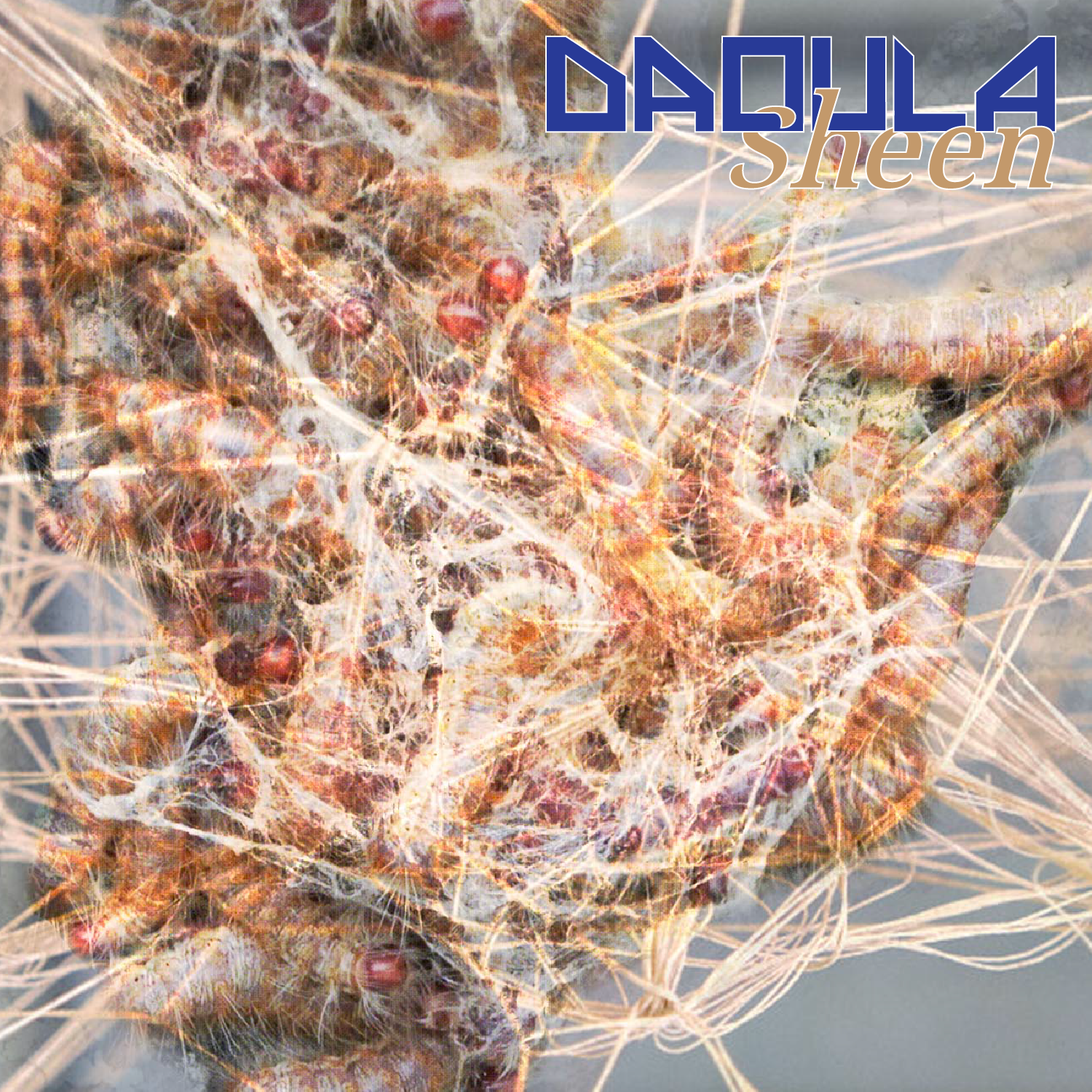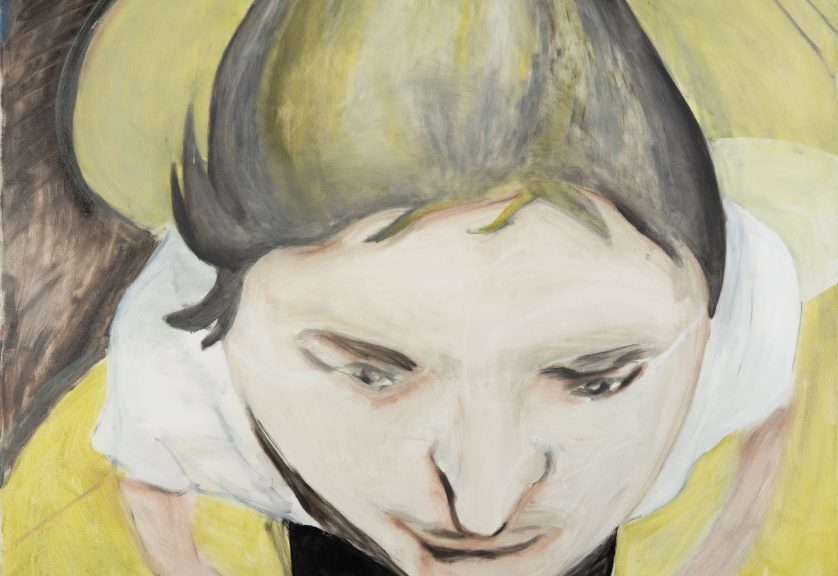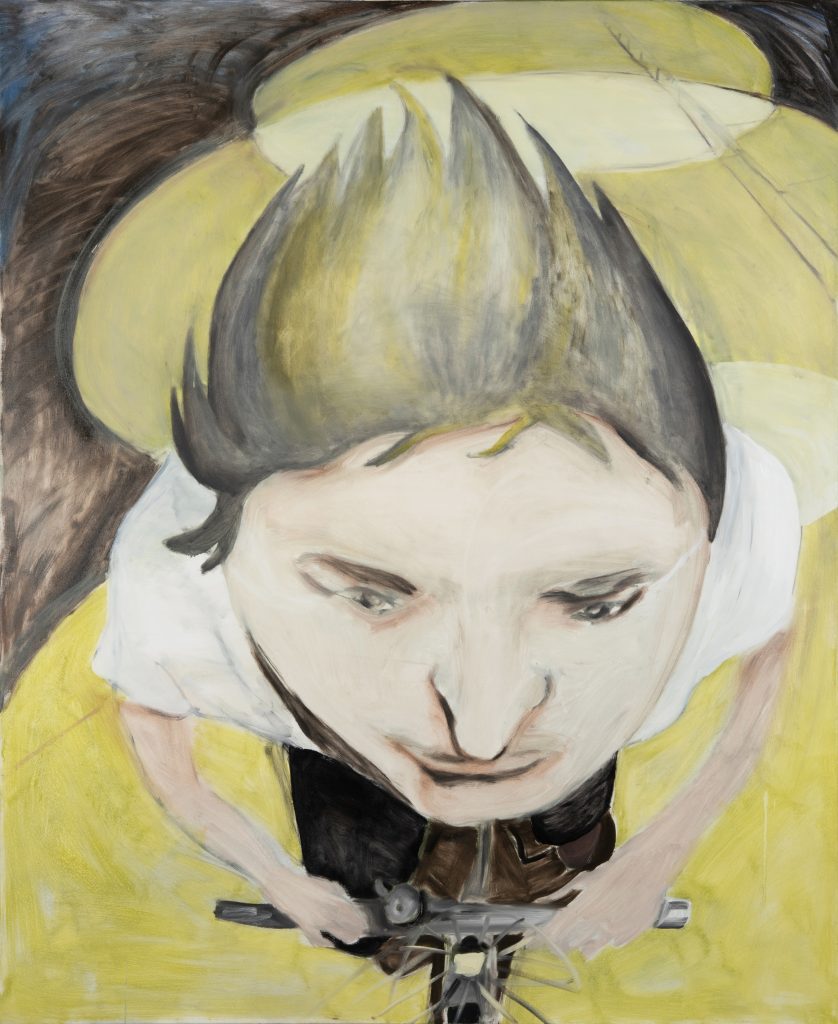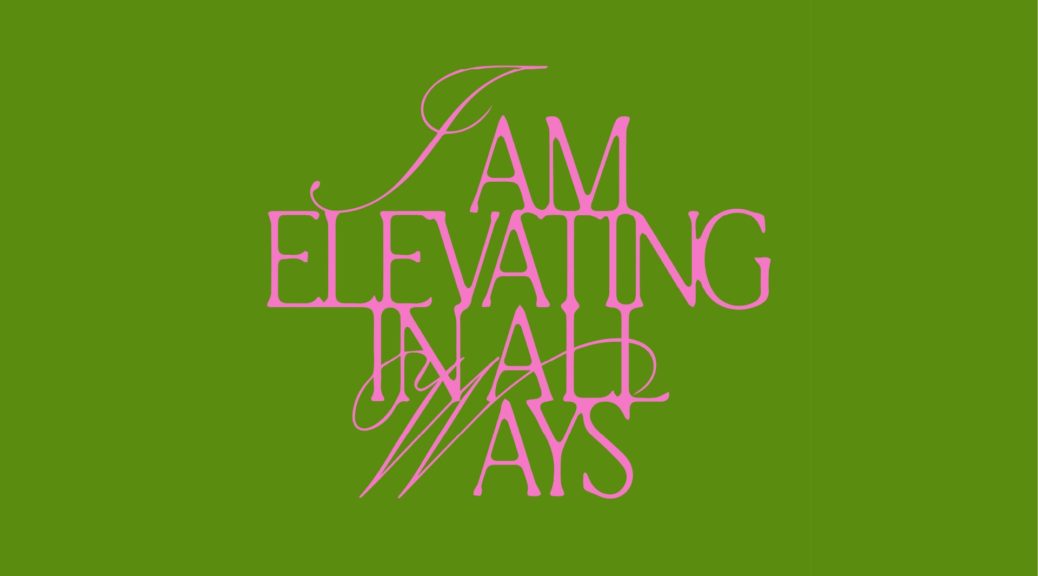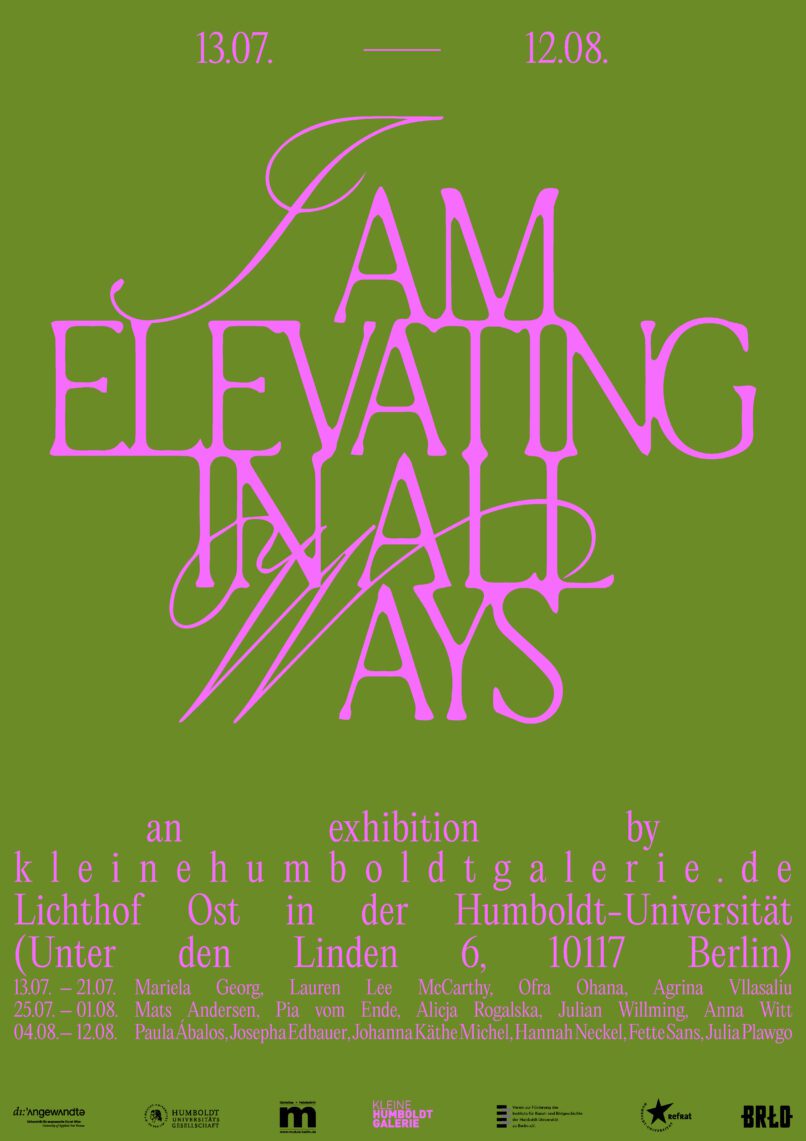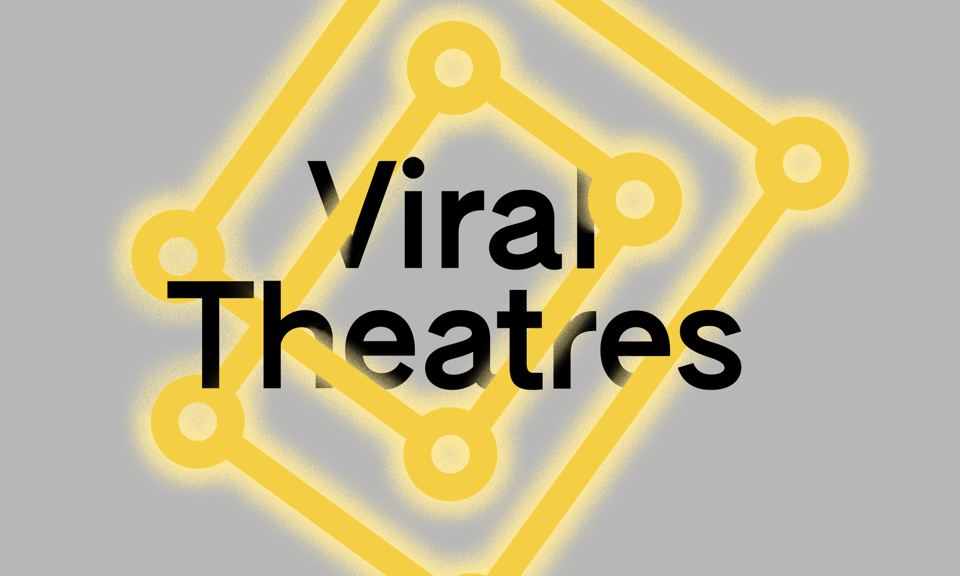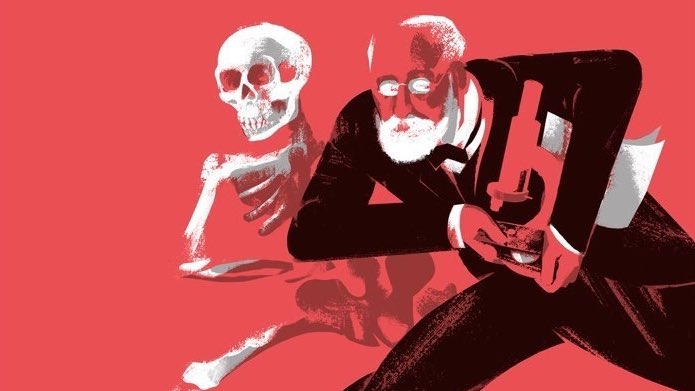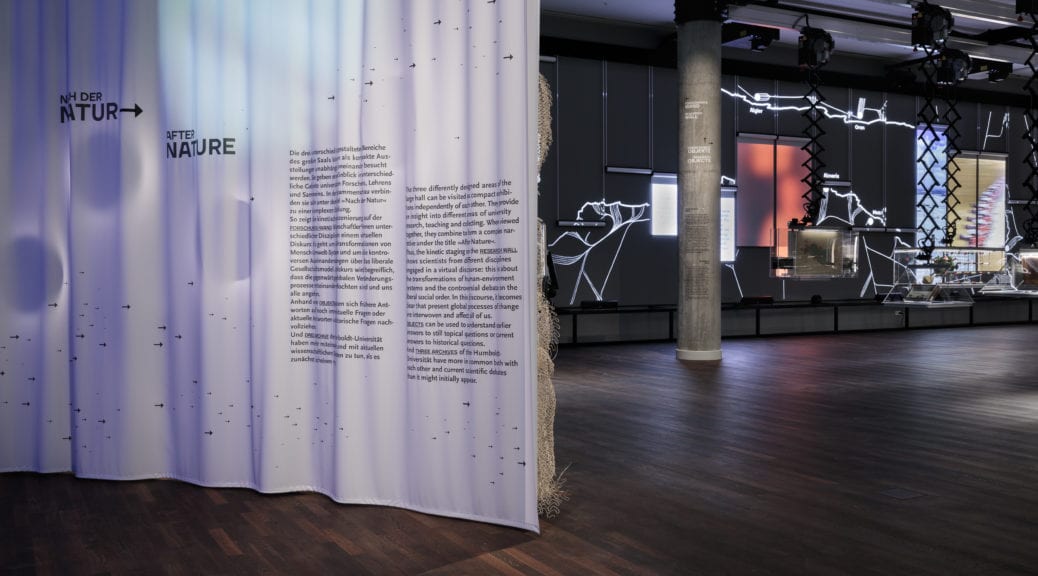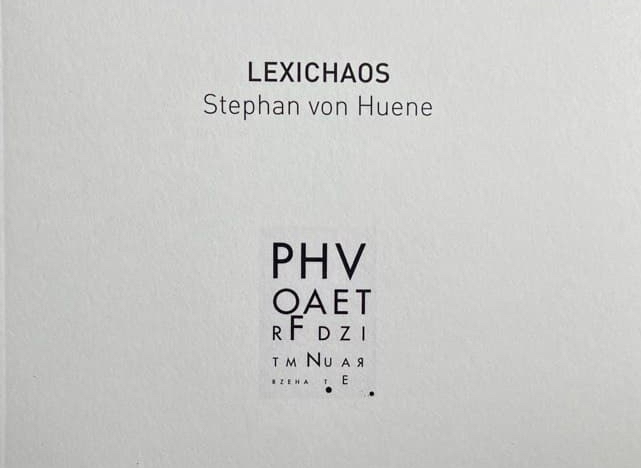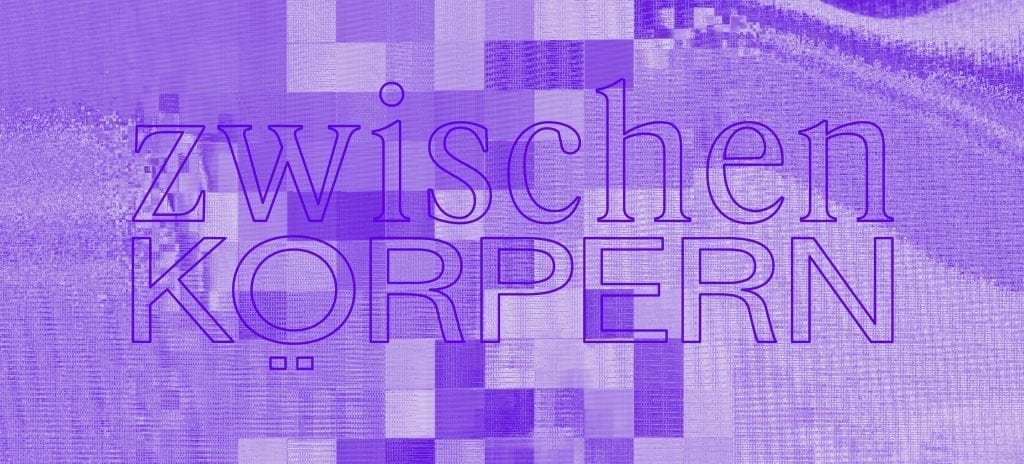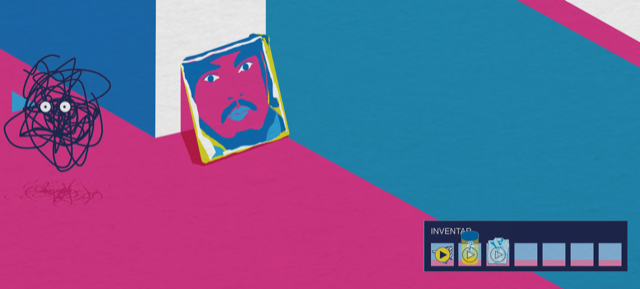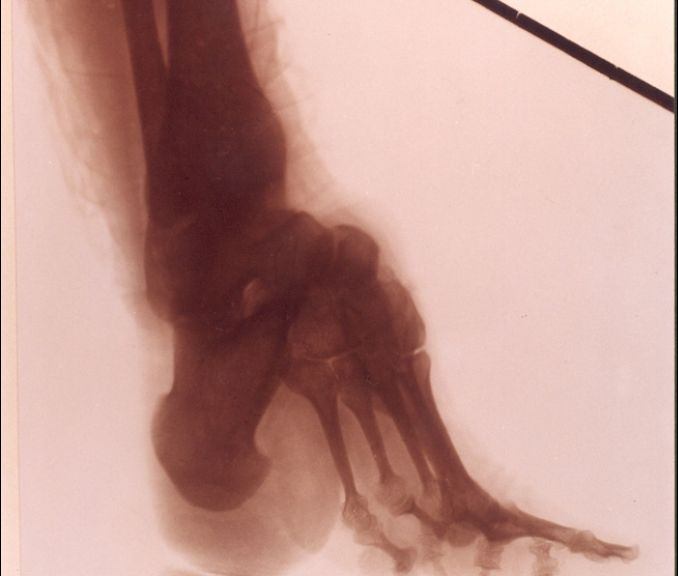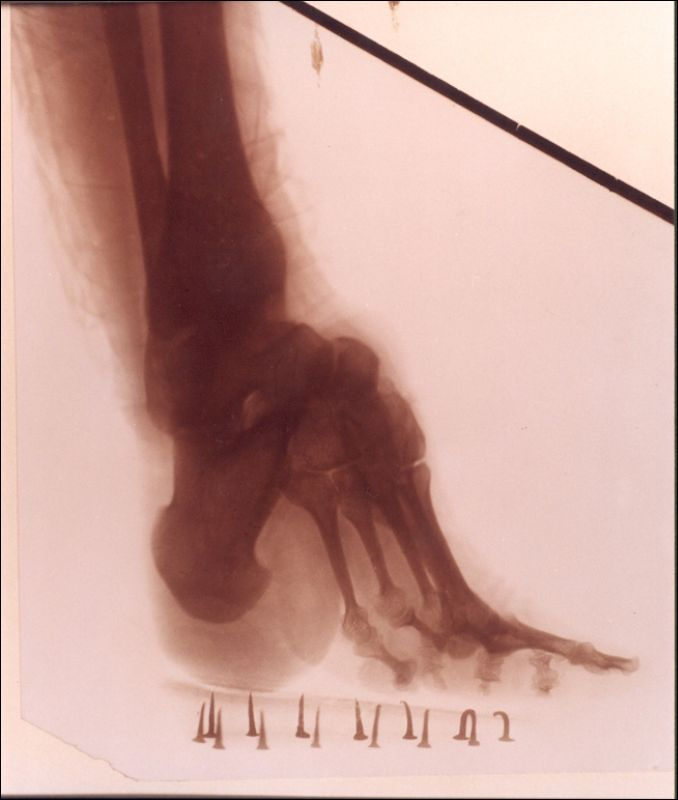Digital launch of the book-as-exhibition zwischen körpern
On 19.03.2021 the Kleine Humboldt Galerie celebrates the launch and vernissage of zwischen körpern, the book-as-exhibition!
Via a livestream, visitors can immerse themselves in video works from 2 pm onwards, take part in guided tours by curators and graphic designers of the exhibition and publication, join a conversation with the Berliner K. Verlag, and much more.
Program
15.00 h / Q&A with the K. publishing house
16.00 h / Guided tours by curators
16.45 h / Video stream of Carolina Caycedo
17.15 h / Video stream by Marco Buetikofer and Lotte Meret
17.30 h / Video stream by Kirstin Burckhardt
18.00 h / Video stream of Theresa Schubert
18.30 h / Cocktails 🍸
19.00 h / Pub Quiz
20.30 h / Sin Maldita A/V Performance
Exhibition zwischen körpern
An exhibition in the format of a book – from March 19, 2021 to April 30, 2021.
zwischen körpern negotiates the physical body as the starting and ending point into which society inscribes itself. Various mechanisms of control are examined, which affect diverse bodies in very different ways. The focus is on the impact and experienceability of control on and of the body: bodies are consciously or unconsciously modeled and also controlled by historical and social circumstances.
The body is understood as a venue for political struggles, which is why emancipation strategies and self-empowerment processes take on a central role. To what extent are the carnal and new technologies interwoven and what role do intimacy and social constraints play? Eleven contemporary positions investigate these complex dynamics by means of sculpture, spatial installation, video, photography, and performance. As with the selection of artworks, corporeality is reflected and critically questioned from a decolonial and intersectional-feminist perspective.
Publication zwischen körpern / among bodies
How our bodies see, are seen, and behave with and among other bodies, is inevitably political. To move the body is also always to insist on meaning — just as meaning is always in movement.
The book-as-exhibition presents ten contemporary art positions that each explore the complex and intimate dynamics that expose our bodies to new technologies, social pressures, and desires for liberation. As curatorial experiment within the micro-architecture of the book, the project initiates singular relays from sculpture, installation, video, photography, and performance to paper that enable parallel engagements with decolonial and intersectional feminist perspectives.
Book concept by Kleine Humboldt Galerie
Curatorial-editorial team: Franziska Dommers, Lotta Feibicke, Nikolas Geier, Eileen Kesseler, Patricia Kühn, Anna Latzko, Monique Machicao y Priemer Ferrufino, Sarah Marcinkowski, Katharina Ripea, Evelyn Sutter, Nicole Wittmann, and Yuanwen Zhong.
With artworks by Kirstin Burckhardt, Marco Buetikofer, Carolina Caycedo, Stine Deja, Lotte Meret Effinger, Ester Fleckner, Yngve Holen, Luisa Krautien, Michael Liani, Theresa Schubert, and Zuzana Svatik; additional texts by Michaela Dudley, Felix Sattler, and others; and a glossary of terms by the curators.
Design: K. Verlag with Ginny Rose Davis and Megan Ricca
German & English
Wendebuch / turning book
196 pages
20 x 29.7 cm
Black/white with purple Pantone spot color & full-color image section
Softcover, Swiss binding
ISBN 978-3-947858-22-4
https://k-verlag.org/books/zwischen-korpern-among-bodies
